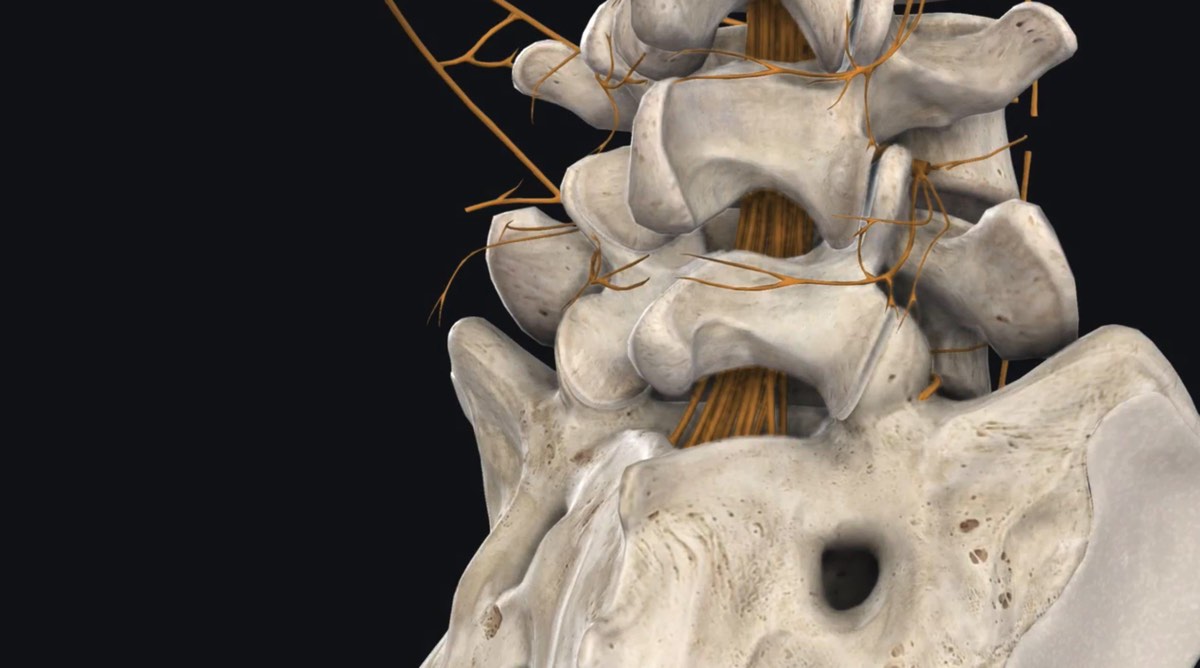NEW YORK (Reuters Health) – After finding that the 5-HT3 receptor in the brain affects susceptibility to opioid dependence, scientists in California have demonstrated the efficacy of ondansetron, a 5-HT3 receptor antagonist, in reducing symptoms of opiate withdrawal in a mouse model and in humans.
“One dimension of addiction is physical dependence, which can be modeled in rodents,” Dr. David J. Clark, at Stanford University in Palo Alto, and his associates explain in the journal Pharmacogenetics and Genomics, published online on February 17.
“The jumping behavior displayed by morphine-dependent mice after administration of naloxone, a potent opioid receptor antagonist, is a commonly used measure of physical dependence,” they add.
Dr. Clark’s group treated mice for 4 days with escalating doses of morphine, then administered naloxone, and counted how many times the animals jumped in 15 minutes as a measure of physical dependence. The mice were then euthanized, and DNA from brain sections was extracted for computational haplotype-based genetic mapping to identify genes affecting susceptibility to opioid dependence.
The Htr3a gene corresponding to the 5-HT3 (serotonin) receptor emerged as the leading candidate gene.
In further experiments, administration of the selective 5-HT3 receptor antagonist ondansetron significantly reduced naloxone-induced jumping in morphine-dependent mice, in a dose-dependent manner, the report indicates.
“In addition,” the authors write, “simultaneous administration of ondansetron with each morphine dose during the 4-day protocol for establishing dependence diminished the naloxone-precipitated withdrawal response.
The researchers next conducted a human trial, in which eight healthy male volunteers were pretreated with placebo or ondansetron 8 mg before intravenous administration of morphine followed by naloxone. Seven of the eight subjects developed signs of opioid withdrawal.
Ondansetron pretreatment was associated with a significant decrease in mean Objective Opioid Withdrawal scale score (76%, p = 0.0313). The drug had a broad-spectrum effect in that it reduced all 12 physically observed signs of opioid withdrawal.
“Although a patient receiving chronic opioid medications may not develop addiction, the physical dependence, tolerance and hyperalgesia that can develop may









